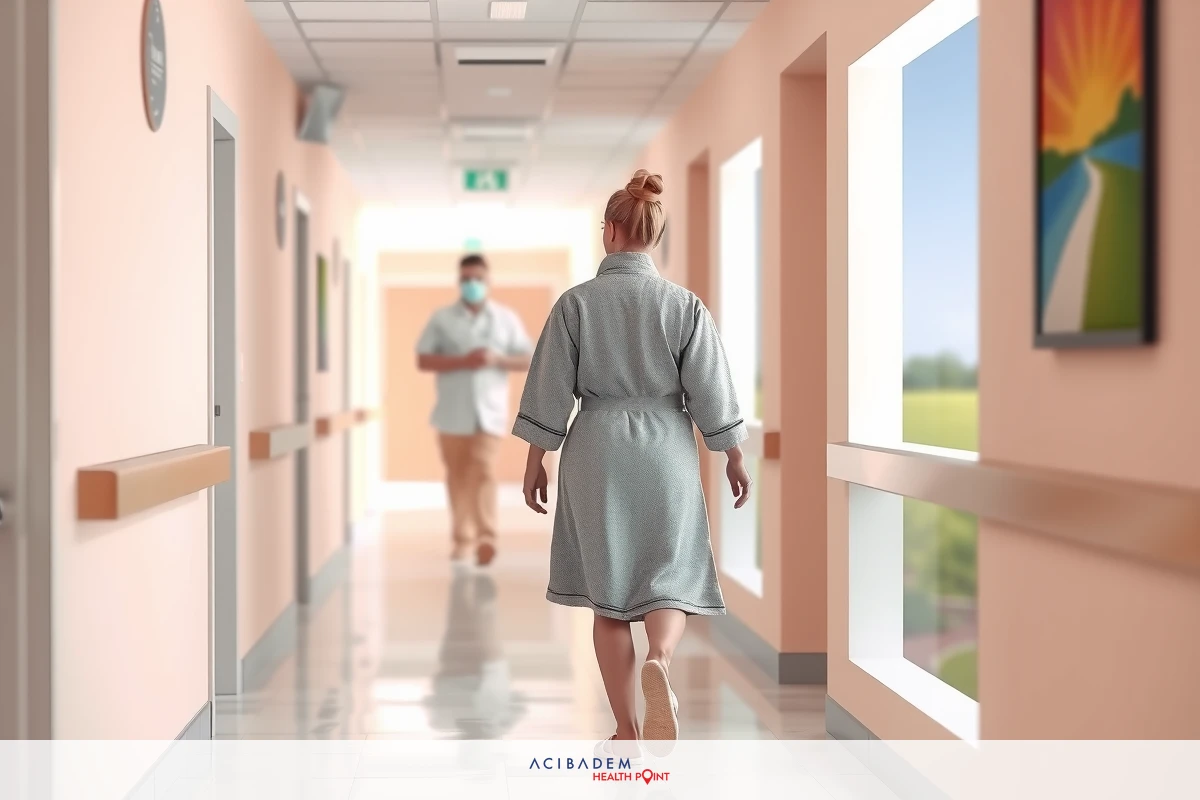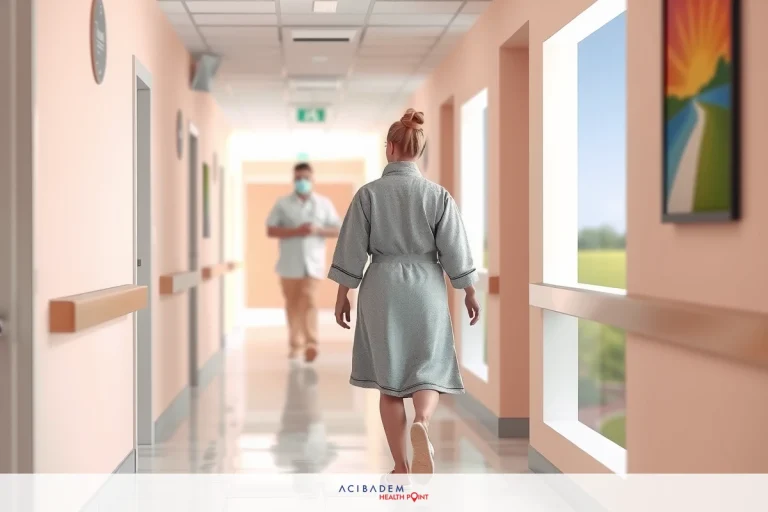Is It Common to Have Breast Cancer in Both Breasts?
Is It Common to Have Breast Cancer in Both Breasts? Breast cancer often brings a lot of questions and concerns. One question many people have is about the chance of it being in both breasts. Not all breast cancers are the same, and each case has its own details. Doctors look at each person’s health history to give the best advice. If you wonder if this type of cancer is common, there are facts that can help you understand.
Learning about breast cancer in both breasts is key for peace of mind. Many times, when someone hears ‘cancer,’ they feel scared or unsure. Knowing what experts say helps ease those fears a bit. Most cases happen in one breast but sometimes it can be in both. Talking to a doctor will clear up any doubts about your risk.
It’s normal to want more info on how often breast cancer affects both breasts. Each year, research tells us more about how this disease works. There are patterns that doctors see which guide them when treating patients with care and skill. For anyone facing this worry, know that medical teams work hard to support you every step of the way.
Understanding Breast Cancer in Both Breasts
Breast cancer is a worry for many, but it’s not always the same. Some people find out they have it in both breasts. This can be surprising and may lead to more questions. It’s less common than having it in one breast only. But doctors are learning more about why this happens.
The chance of having breast cancer in both breasts at once is called bilateral breast cancer. Studies show that this kind of case does happen, though not as often. Genes can play a part, or sometimes just bad luck. Doctors use tests to find out if cancer has touched both sides.
When someone gets diagnosed with breast cancer, doctors check for its spread. They look at each breast carefully using scans and other tools. If they find cancer cells in both, they plan the best way to treat them together. Treatment might mean surgery or medicine that fights the disease well.
Knowing how common this type of breast cancer is helps us understand our own risk better. It also guides researchers looking for new ways to protect women from the disease’s reach across both breasts.
Factors Contributing to Bilateral Breast Cancer
Certain factors can raise the risk of breast cancer in both breasts. Genetics is a key player, with some genes linked closely to this disease. If family members had breast cancer, your own risk might be higher. It’s not a sure thing, but it’s something doctors look at closely.
Lifestyle choices also have an impact on the risk of bilateral breast cancer. Things like smoking and heavy drinking add to your chances. Staying active and keeping a healthy weight may lower these risks though. Every choice has its effects on our health over time.
The environment around us can influence our health as well. Exposure to harmful chemicals or radiation has ties to developing cancers, including those in both breasts. Jobs or living areas with high exposure need extra care when thinking about risks.
Regular check-ups are vital for catching problems early on before they grow bigger or spread further into both breasts even if you’re careful about all these things mentioned above. Early detection means more treatment options and better odds of beating breast cancer fully and fast

Treatment Options for Bilateral Breast Cancer
Treating breast cancer in both breasts often starts with surgery. The type of surgery depends on the cancer’s size and place. Some people might have just a part removed; others need more. After that, treatment plans can include radiation to kill any leftover cells.
Chemotherapy is another common choice for treating bilateral breast cancer. This powerful medicine goes through the whole body to fight cancer everywhere it’s found. It can be tough, but doctors work to keep side effects down as much as they can. Newer drugs are also being used now, ones that target cancer in smart ways.
Hormone therapy may help if the breast cancer feeds on your body’s hormones. Pills or shots slow down or stop these hormones from helping cancer grow bigger or spread wider into both breasts. Support groups and counseling are there too, giving care beyond just medical treatment options
Support and Resources for Those with Bilateral Breast Cancer
When facing bilateral breast cancer, support networks play a crucial role. Patients can find comfort and help through various groups tailored to their needs. These communities offer emotional backing and share valuable experiences. They also serve as platforms for exchanging tips on managing treatment side effects.
Educational resources are readily available to those diagnosed with breast cancer in both breasts. Hospitals often provide materials explaining the disease and outlining possible treatments. Online portals give up-todate information about research advances and new therapies being developed.
Counseling services are an important resource for patients coping with this diagnosis. Professional counselors trained in oncology can guide individuals through the mental challenges of dealing with cancer. They assist not just the patient but also their families who are equally affected by the journey ahead.
Financial guidance is another key aspect that comes into play after a diagnosis of bilateral breast cancer. Insurance specialists can help navigate coverage options while charities may offer aid to cover costs not covered by insurance plans. Being informed about these financial supports eases one part of the treatment process.
Rehabilitation programs designed specifically for post-treatment recovery provide structured support. Physical therapists work alongside survivors to regain strength and mobility while nutritionists may contribute dietary plans conducive to healing. The goal of these resources is comprehensive care that addresses all aspects of a patient’s well-being during their battle against bilateral breast cancer.








